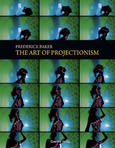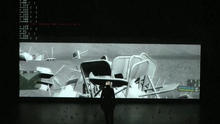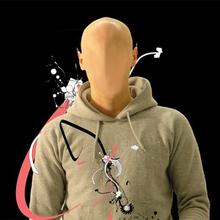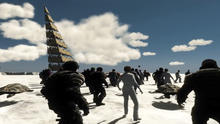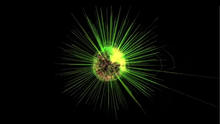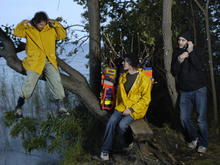Mikomikona
is a Berlin duo composed by Andreas Eber and Birgit Schneider. Their audiovisual performances, aimed at an aesthetic minimalist strictness, are experimental lab sessions in which they focuse on the physic changes of sound into image and vice versa.
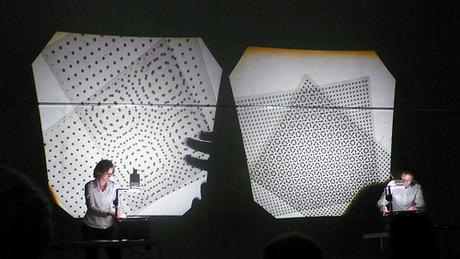
Mikomikona experimentally investigates the dynamic transformability of sound into image, image into sound and the effects of cross media interference.
They develop devices that enable them to connect and transform visual signals into acoustic signals and vice versa. They explore these devices in different audio-visual set-ups creating a synaesthetical environment. The resulting performance modules all share the idea of new symbolic coding of media information and are also used for live-VJing. For the performances they work with analogue media like overhead projectors, super-8 film projectors, video projectors as visual devices and sound.
Mikomikona use the simultaneity and speed of analogue electronic circuits. Their interest is more within the field of synthesizers (modulated), rather than the paradigm of sequencers (serial, clocked and triggered, as used in digital environments).
By transforming information into different media formats they receive snippets of transformation noise – bruit parasitaire – that itself reflects our shifted use of media technology. The transformation noise is media specific by revealing the media structure itself.
In terms of acoustic-visual performances Mikomikona explores the dynamical transformability of technical image into sound and vice versa. By these means synaesthetic bypasses are encompassed and media content is newly coded. Computer experience makes transparent the exchangeability of code: the use of binary coding to represent image, text and sound. The binary code seems to be the omnipotent currency in which nearly all content may be saved and reproduced.
Their work is about proving that as early as on the level of analogue modulation the operability of content is given. The release of signs from their semantic assignment does not implicitly require digitalisation. Analogue media present another access to information. This implies new ways of Bildhandlung, of ways to interact with media machinery besides toggling switches and buttons.
Source: Mikomikona's website

